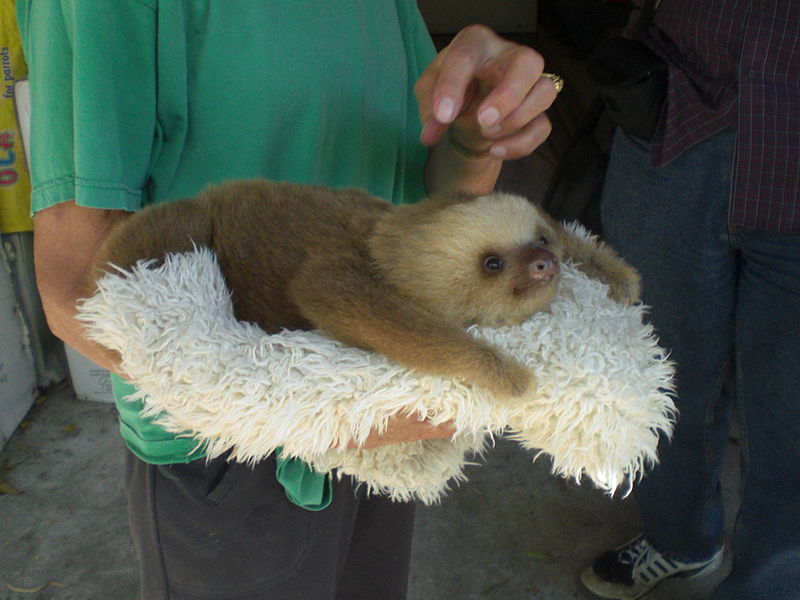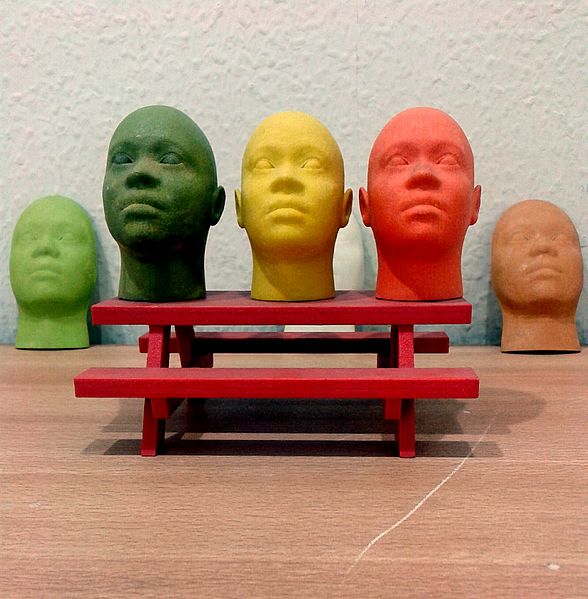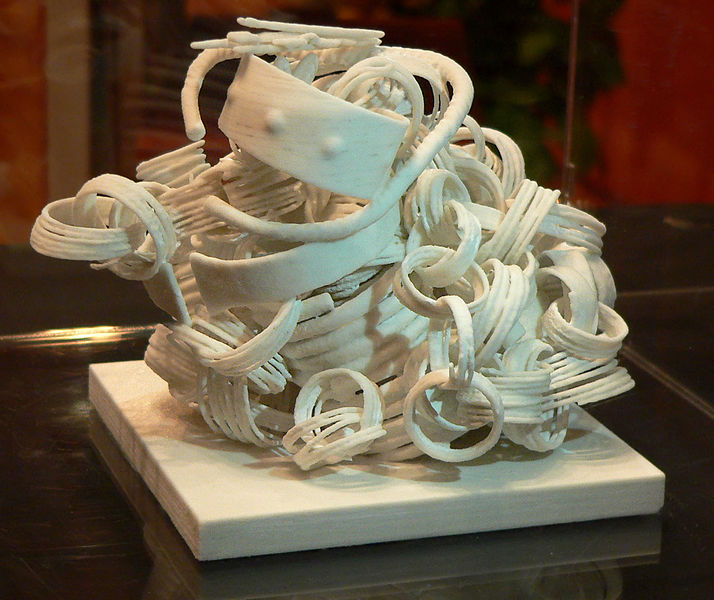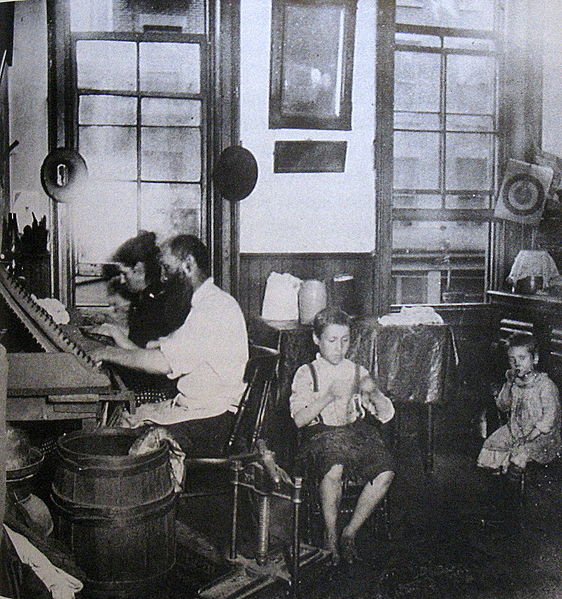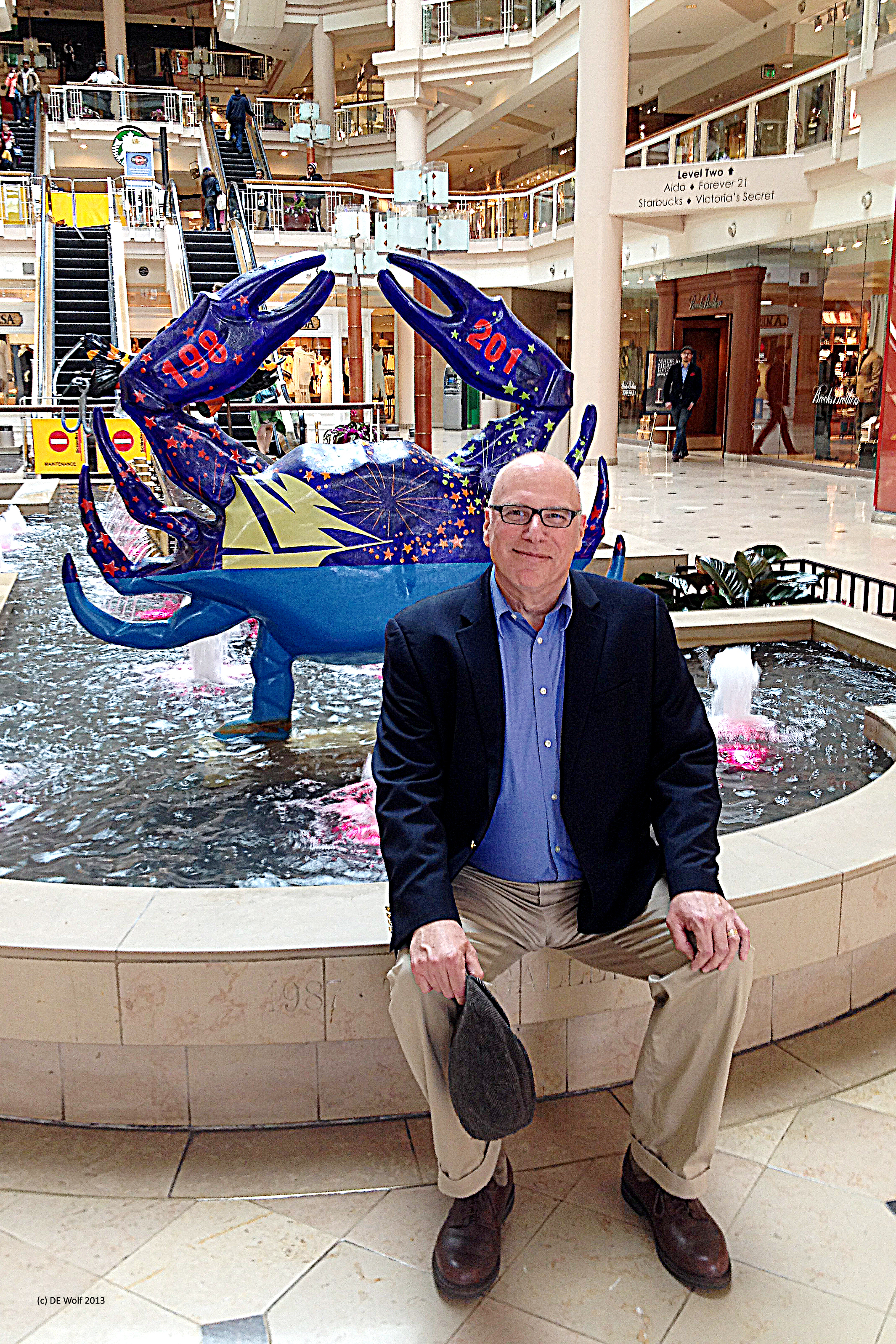
Figure 1 – Informal picture of the photographer at Baltimore’s Inner Harbor with “Giant Crab,” (c) DE Wolf 2013.
Photography is arguably the art of the instant, or at least it pretends to be. And there are many consequences of instantaneity. While I am not going to argue that before photography there never was an informal, candid, or comic portrait, we must conclude that photography has transformed portraiture and our concept of it. The transformation began with the advent of the Daguerrean Parlor, when a man or woman could walk in, pay a relatively small price, and walk out with a little portrait. As we have discussed it was the dawn of a new democratic age. Indeed, we still wax poetically about these early portraits. And then, of course, there was George Eastman and the revolution of the instantaneous, and often mediocre, that he created. Indeed, you could become quite impatient waiting for your prints to come back. Hence we had the invention of both the 1 hour photoservice and of the Polaroid instant photographic system – more mediocrity for the most part.
And now we find ourselves, or have propelled ourselves, into the new age of the digital photograph, where gratification is truly instantaneous and were we, more often than not, do not even require prints. The carbon-free age is upon us. You don’t really need to embrace any of this. It will happily call you Minivar Cheevy and leave you behind.
So I really encourage you to embrace it. Lay out the years of family holiday portraits on your dining room table and marvel at the connected story and the transformation. That’s your family, their history, their triumph. The silly photographs of family and friends wearing bizarre hats and mugging for the camera are some of the best. People are smiling and laughing, freed from the confines and strictures of formal portraiture – free to display their true selves.
My research group has gotten in the habit when out on scientific trips to find some kitschy icon, usually a silly statue, and photograph ourselves in front of it. We’ve got, for instance, Big Bird at the University of Michigan’s Children’s Hospital and Snoopy from the Minneapolis Airport. Figure 1 is our latest, yours truly sitting in front of a giant Chesapeake Crab at Baltimore’s Inner Harbor.
The selfie even frees you from needing someone else or a tripod and timer to take a self portrait. Witness, of course, Pope Francis and the world’s first papal selfie. This is all lots of fun. The only point that I would make is that I am a bit tired of seeing technically poor images on social media – flared images, out of focus images, improperly color corrected images. There’s really no excuse for any of this and it is a downside of services like Instagram and of the perceived need to take the quest for instantaneity just a bit too far. I guess that what I am suggesting is that you should strive for spontaneity but eschew mediocrity. Digital photography, with all the automatic processing that it provides, is designed to create fabulous pictures, a little circumspection is the key.

